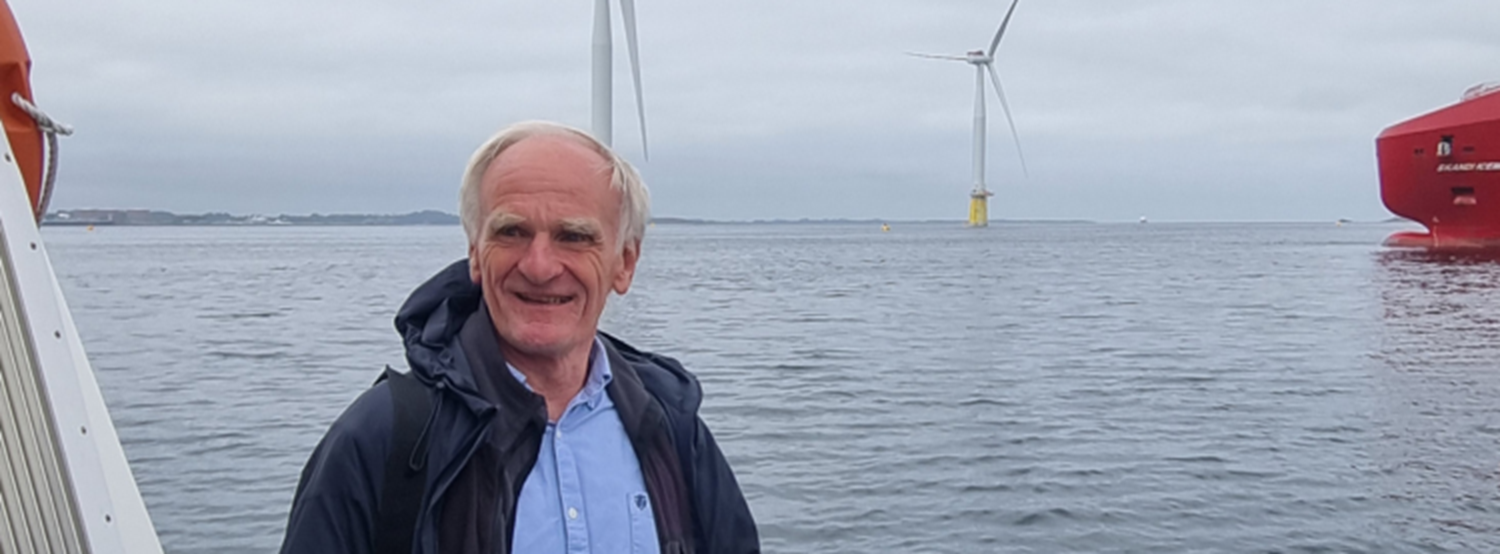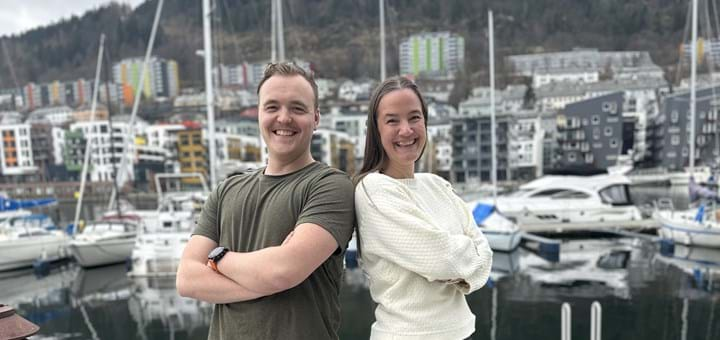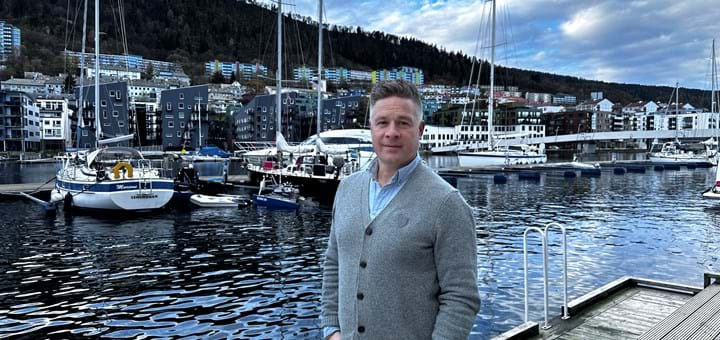New Book Sheds Light on Offshore Wind Energy

This publication encapsulates over two decades of Professor emeritus Finn Gunnar Nielsen's work and in-depth knowledge, offering a comprehensive overview of the challenges and innovations shaping the future of offshore wind.
We caught up with Nielsen to discuss his new book "Offshore Wind Energy, Environmental Conditions and Dynamics of Fixed and Floating Turbines”.
Q: What inspired you to write this book?
A: I have worked with offshore wind energy for more than 20 years, starting with the development of Hywind Demo, the world's first full-scale floating wind turbine. Then with other concepts in Hydro and later (after the merger in 2007) in Statoil now Equinor.
I have also, in a part-time position at NTNU, taught marine operations for many years, later developing courses in renewable energy in general and offshore wind in particular in my position at the University of Bergen and as the leader of the Bergen Offshore Wind Centre (BOW).
In all these activities, new issues relevant to offshore wind have continuously emerged, resulting in notes, reports, and publications. I have been encouraged several times to compile some of these experiences into book form, something I initially had not considered, but at the same time thought could be useful. These encouragements and the need to gather many loose ends have been the main inspiration.
Q: Which parts of the book do you believe will be particularly beneficial for those in the field of ocean technology and renewable energy?
A: Most of the topics I address are covered in more detail in specialized literature. For me, the key has been to collect topics related to offshore wind between two covers. Perhaps the most special are the parts that deal with floating wind turbines.
Q: How do you see your book contributing to the development of the offshore wind energy sector?
A: I don't know if it will contribute to the development of the sector as such, but I hope it can be useful for students and for industrial people in continued education.
Further, it hopefully can serve as an introduction to topics one does not work with but wants to learn a bit more about. Some of the material is quite technically detailed, while other parts are more descriptive.
Q: Are there any specific case studies or examples in the book that you think will engage or enlighten readers?
A: I believe for many coming from traditional engineering disciplines, it might be useful to learn a bit about the complexity of the wind, which becomes increasingly important as turbine sizes grow. For others, the examples related to the interaction between the dynamics of wind turbines and the control system might be useful to understand, especially for floaters.
Q: What is the main message you hope readers take away from your book?
A: It's probably not a book that most will read from cover to cover, but I hope I have conveyed some of the diversity of disciplines involved in the analysis of offshore wind turbines, and that it can be useful for familiarizing oneself with fields one does not work with on a daily basis.
Q: Any advice for young researchers and engineers interested in offshore wind energy?
A: Be curious and try to incorporate knowledge from fundamental subjects and methods into your work with wind turbines. Learn to make simple estimates based on basic principles, as it contributes to the understanding of complex systems. I hope the book gives relevant examples on that.
The book "Offshore Wind Energy, Environmental Conditions and Dynamics of Fixed and Floating Turbines" can be bought through the publisher Cambridge University Press.
Contact Information
Kjersti Boge Christensen
Communication Manager




